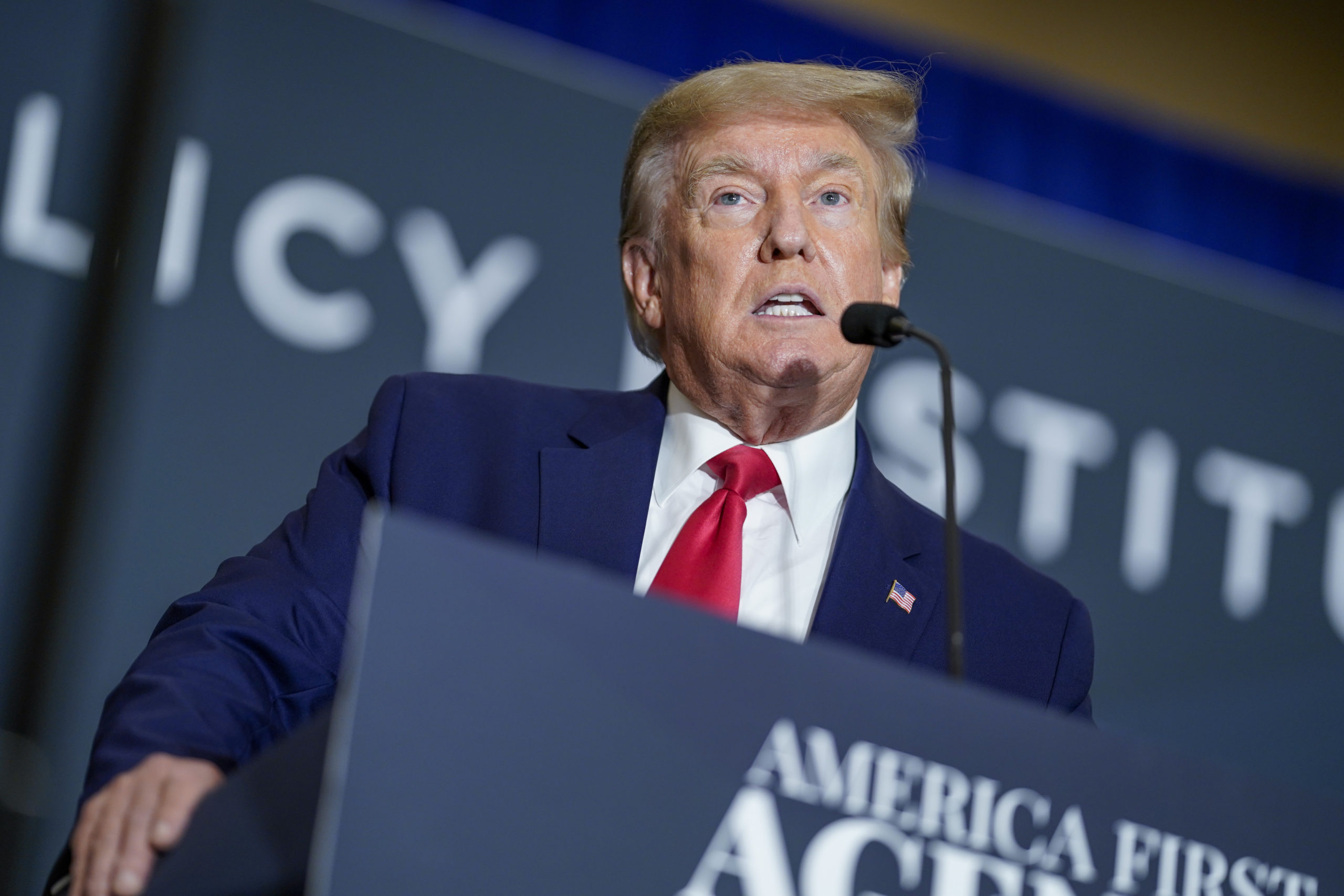Hoosier Daddy?
State of the Union: Making sense of the Indiana primary results.

The Indiana primary came and went Tuesday night without much fanfare. Nor were there that many surprises, and that’s rather fitting for the Hoosier state. Think of Mike Pence: He’s probably the least surprising national Republican politician. As for fanfare, the brevity of the former vice president’s run this election cycle speaks for itself.
It wasn’t all boring, however. When Trump picked Pence as his running mate in 2016, Trump in a certain way tethered the Hoosier state to his political brand—though Trump’s movement would find fuller manifestations in other states like Ohio and Florida. Eight years on, suffice it to say that Trump and Pence are not on speaking terms; but how is MAGA, America First, Trumpism, or whatever you want to call it doing with Indianans?
There was no protest vote worth noting against President Joe Biden in Tuesday night’s primary, but it seems there was one against Trump. Nikki Haley, for the first time since dropping out of the race two months ago, received more than 20 percent of the vote in a GOP primary contest with strong performances in the Indianapolis suburbs for a non-existent campaign.
What happens to these Haley voters when the general comes around? Most probably coalesce behind Trump to send Biden into retirement at last. Others likely will stay home. Maybe a conviction against the former president would cause even more to do the same. Regardless, it likely won’t be enough to bring Indiana into play for the general election—in 2020, Trump carried the Hoosier state by more than 15 points.
But what does it say about the midwest more broadly? As Mike Pence is the avatar for a certain kind of Hoosier, Indiana itself is a kind of representation for the midwest writ large. If Indiana, arguably the most conservative of the midwestern states, has this many voters holding their nose on Trump, how many are there in Michigan, Wisconsin, Pennsylvania, and Minnesota—states that Trump either needs to win or hopes to be competitive in? My money is still on most of these voters coming back to Trump—the American people are smart and understand that when they enter the voting booth in November, they’ll face a binary choice.
Subscribe Today
Get daily emails in your inbox
Outlined above is a bearish interpretation of Tuesday night’s results, however; there was plenty of good for the former president, too. His gubernatorial endorsement, Sen. Mike Braun, sailed through the GOP primary. His pick to replace Braun in the senate, Rep. Jim Banks, ran unopposed. His two House-race endorsements, Reps. Jim Baird and Erin Houchin, in the 4th and 9th district, respectively, won their primary races.
Even in races where Trump did not make an endorsement, such as the Indiana 3rd and 5th districts, Trump-aligned candidates won. Rep. Victoria Spartz, the first Ukrainian-born member of the House and opponent of U.S. funding for the war, staved off a primary challenge. Former Rep. Marlin Stutzman also won his primary in the 3rd district, despite the fact that outside groups, such as the America Leads Action super PAC backed by Jay Faison and Rob Walton, spent $1.8 million against him. Stutzman didn't go it alone, however. He had the backing of Club for Growth Action—potentially a result of the peace Trump and the club has brokered in the lead up to the general election.
All this makes for a curious case: Indiana is a deep red state, and its elected officials are increasingly representing the Trump wing of the party; but are Indianans pleased with this outcome? Honestly, it’s hard to tell.